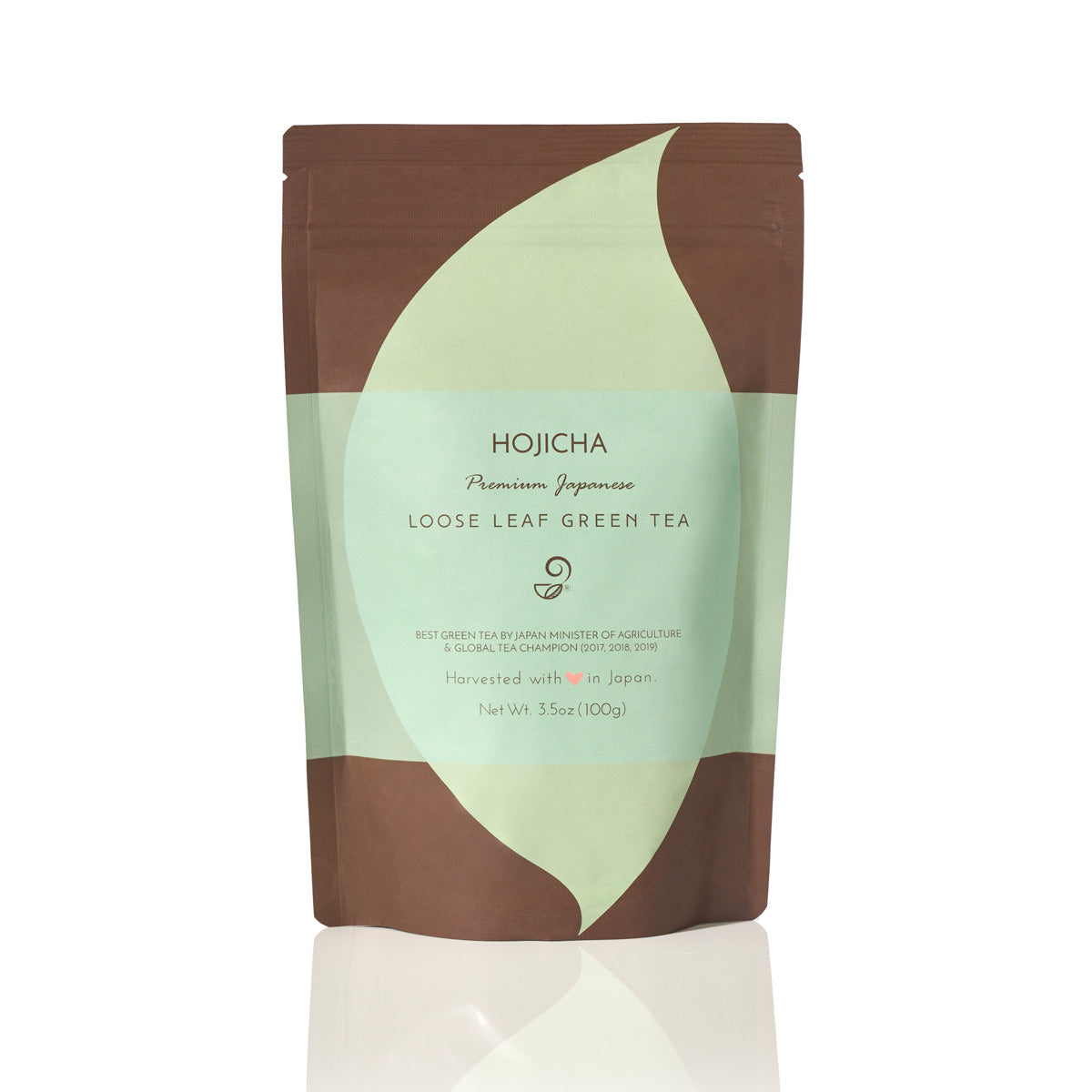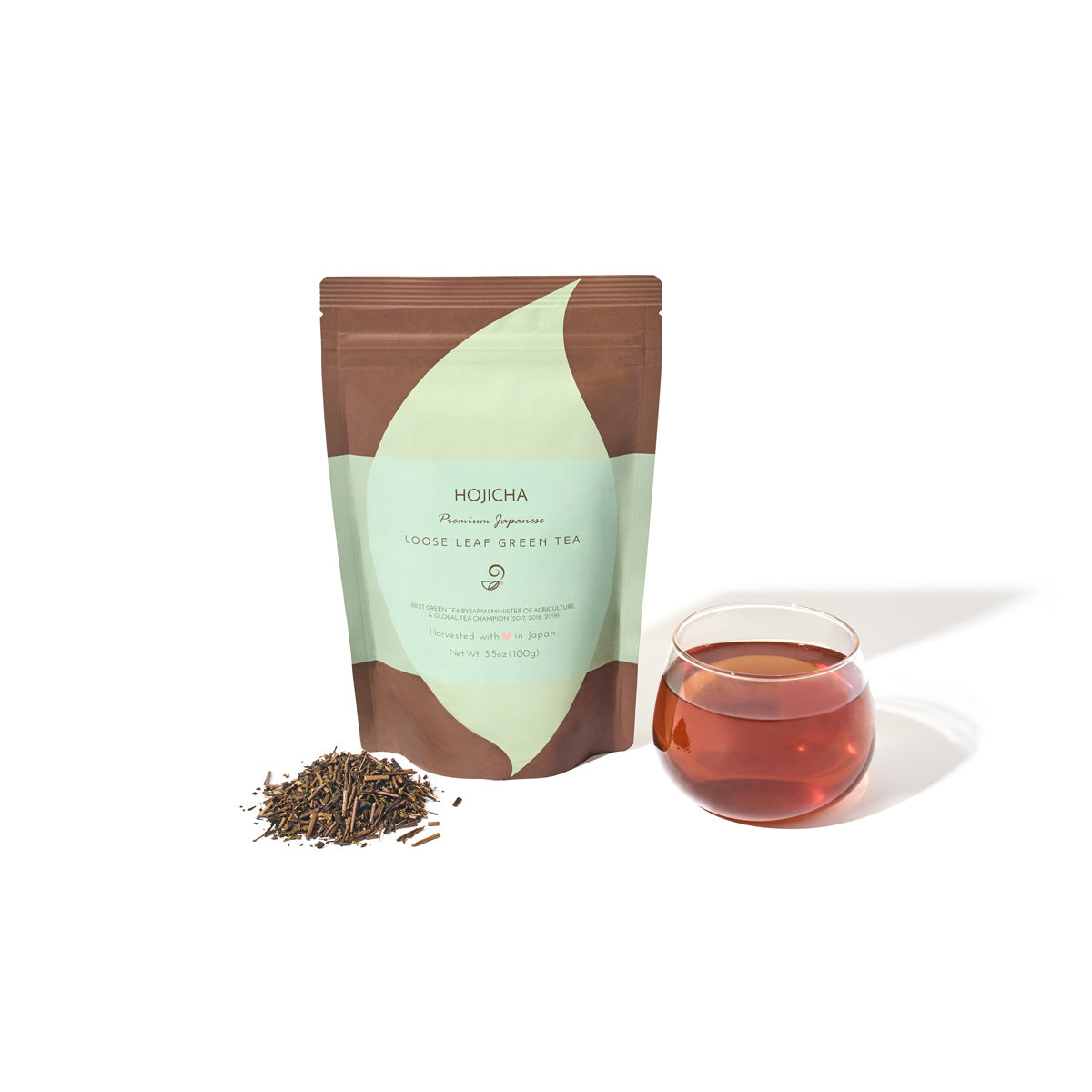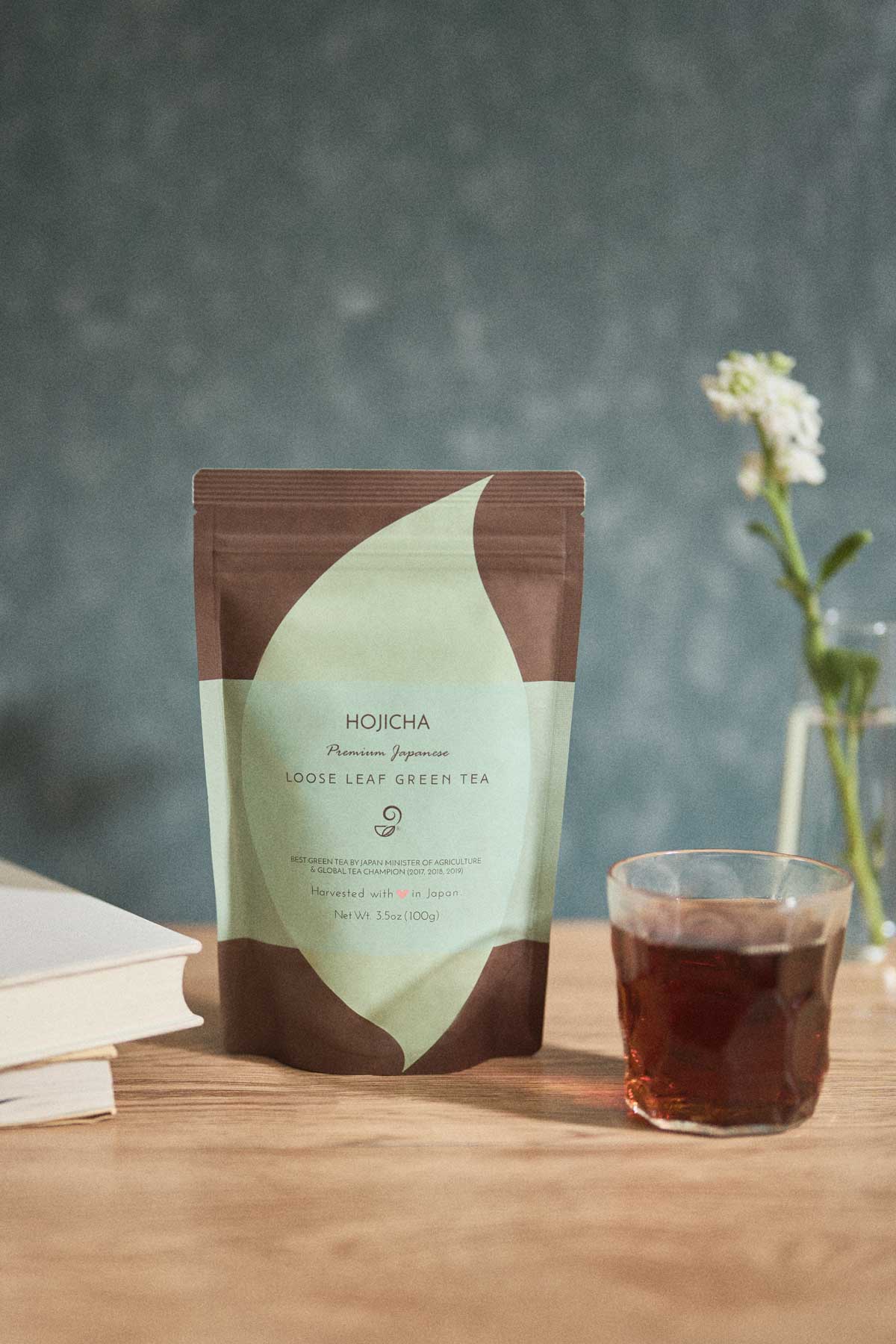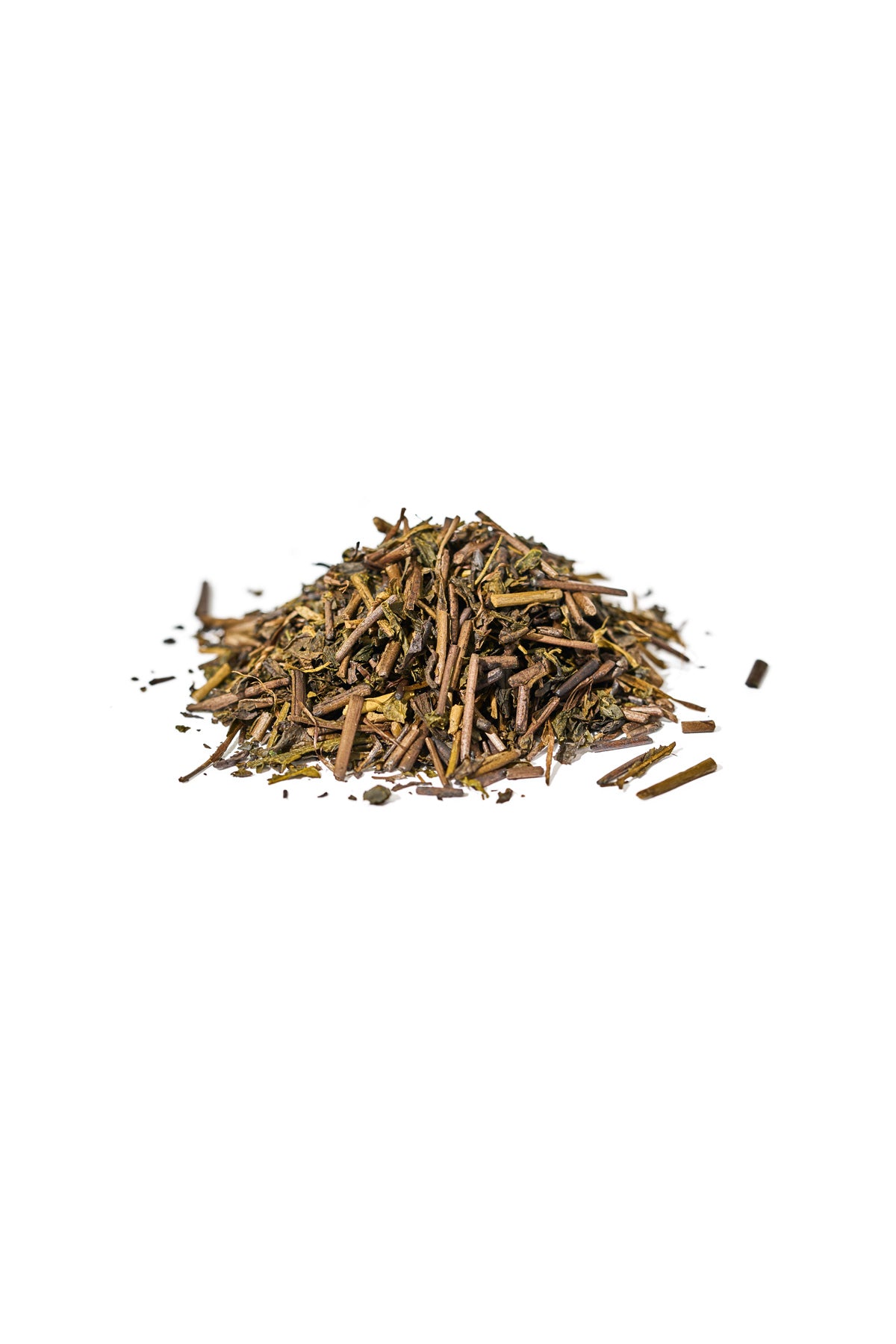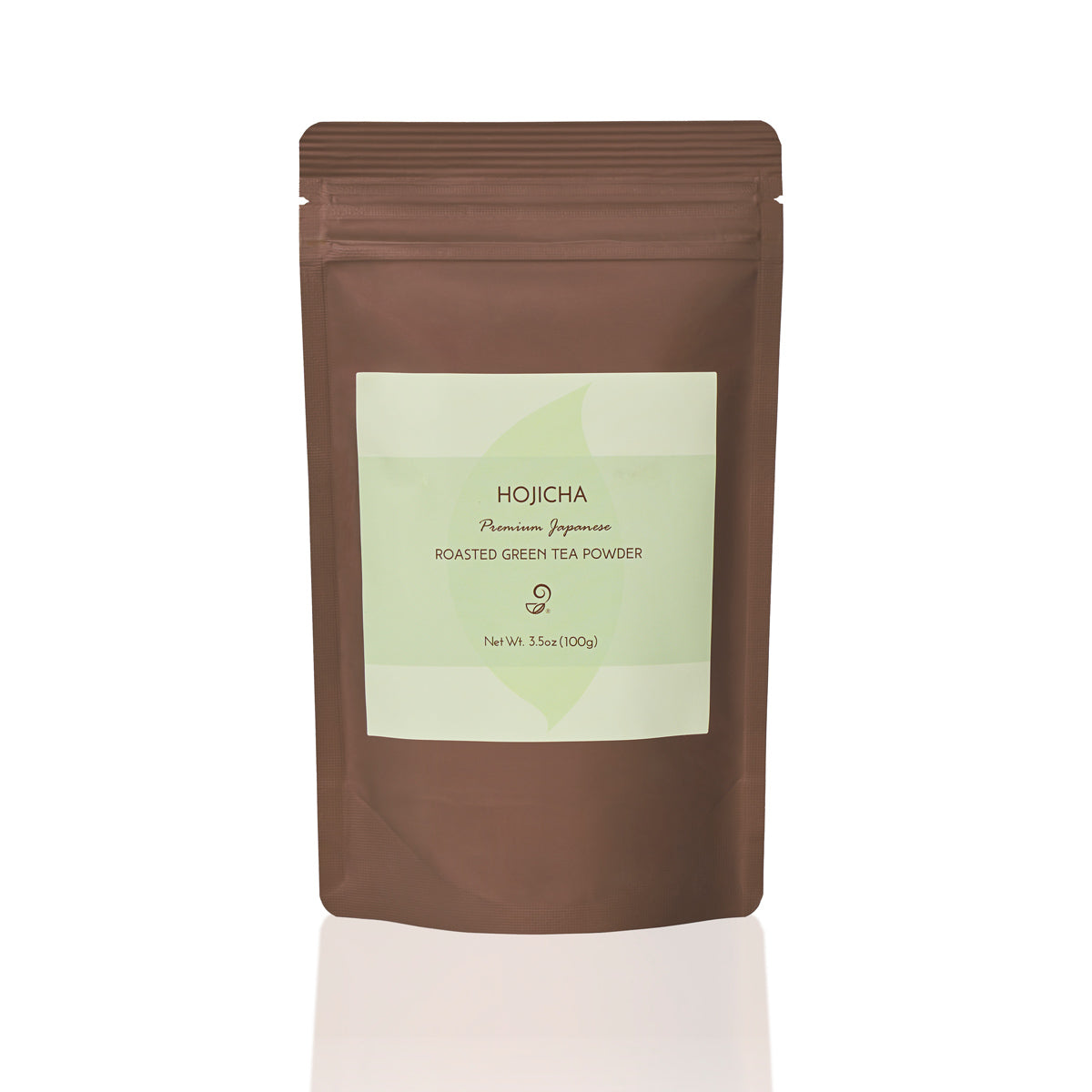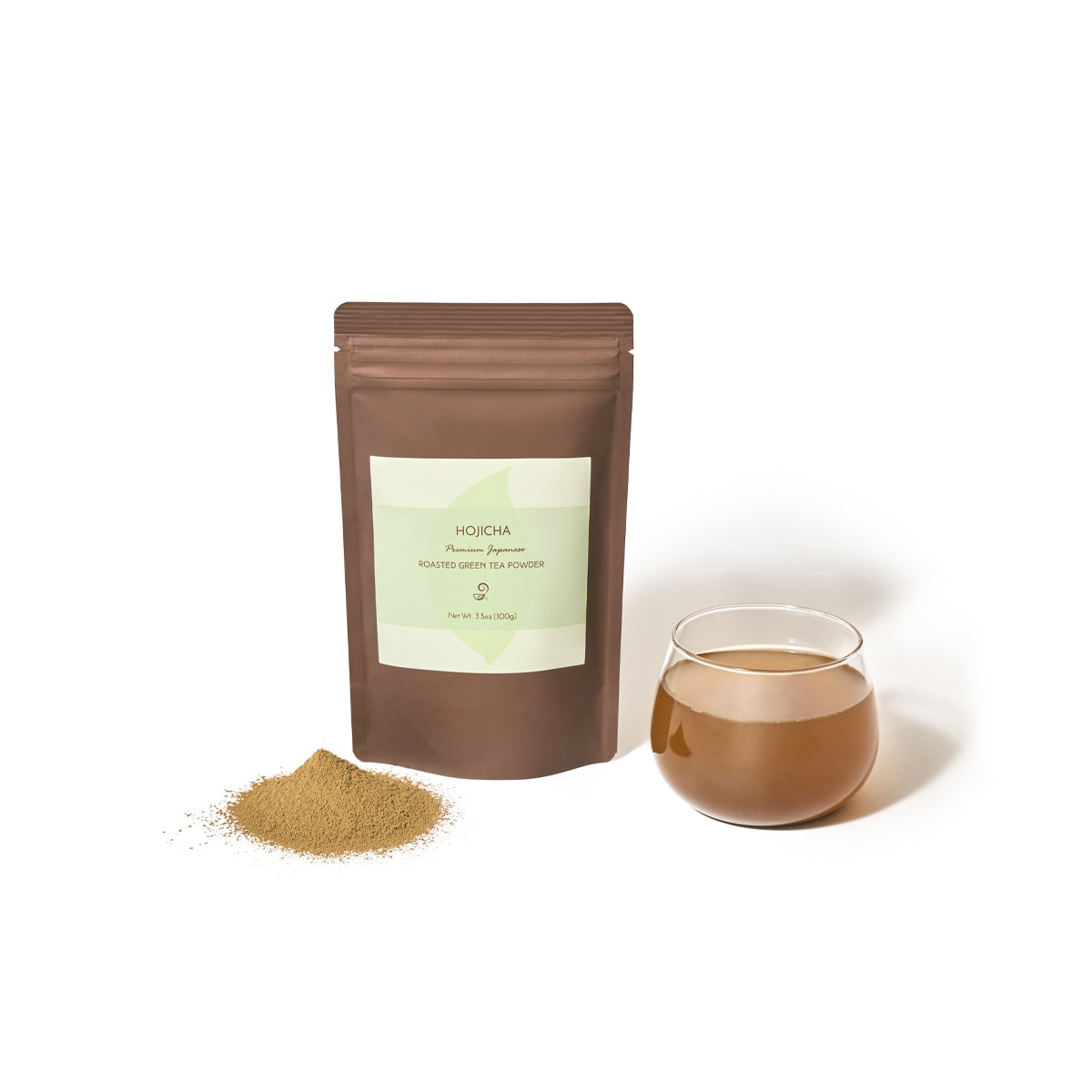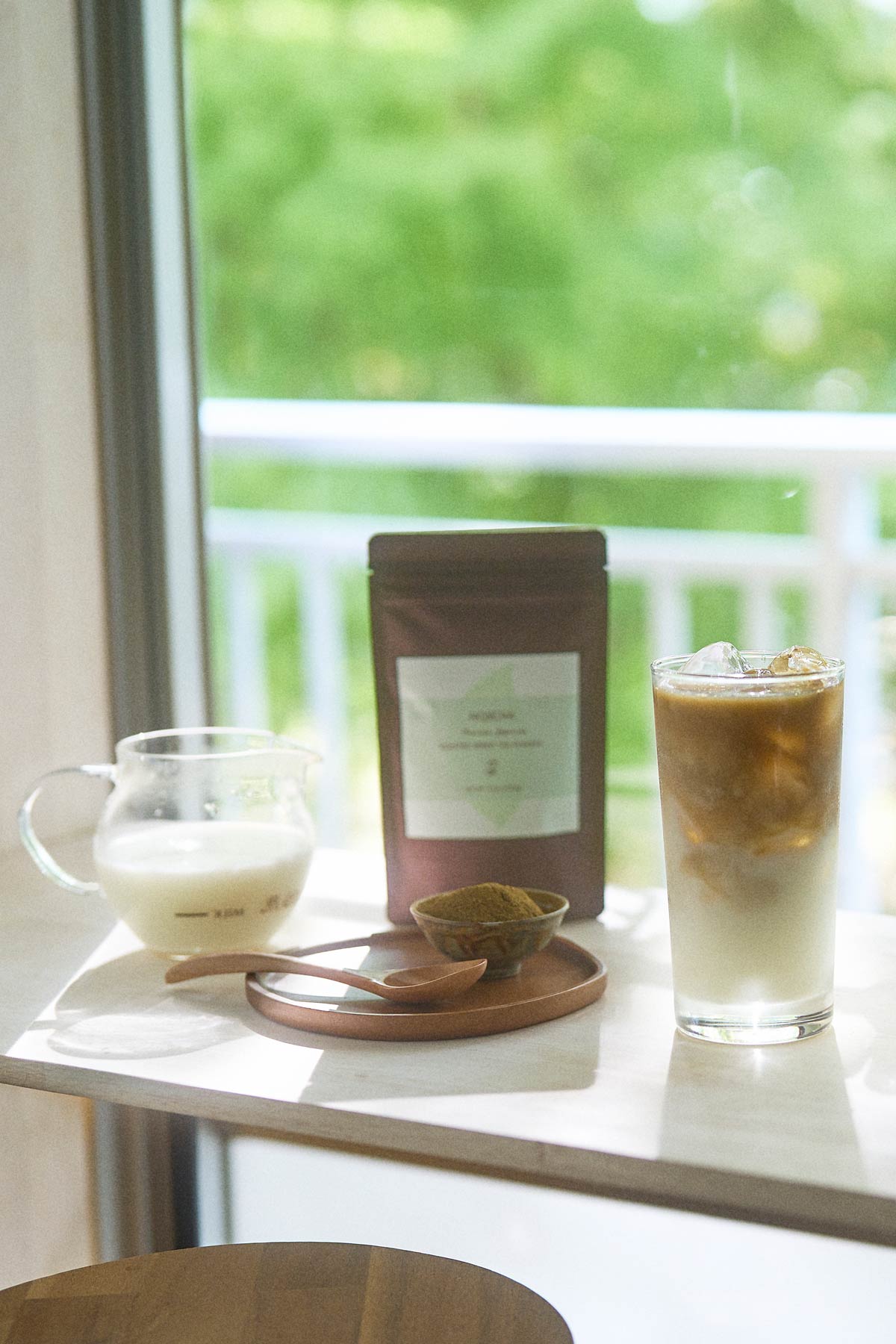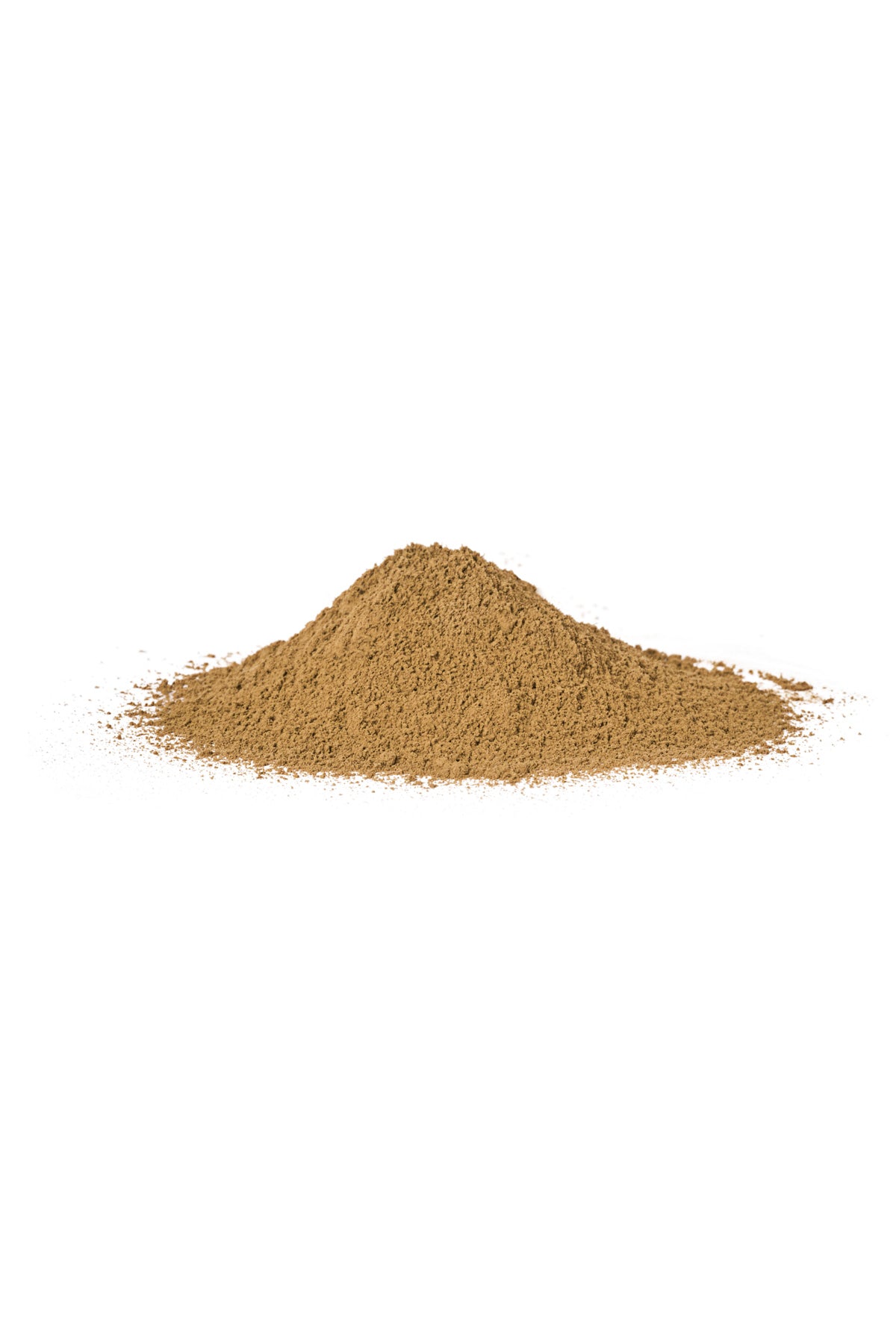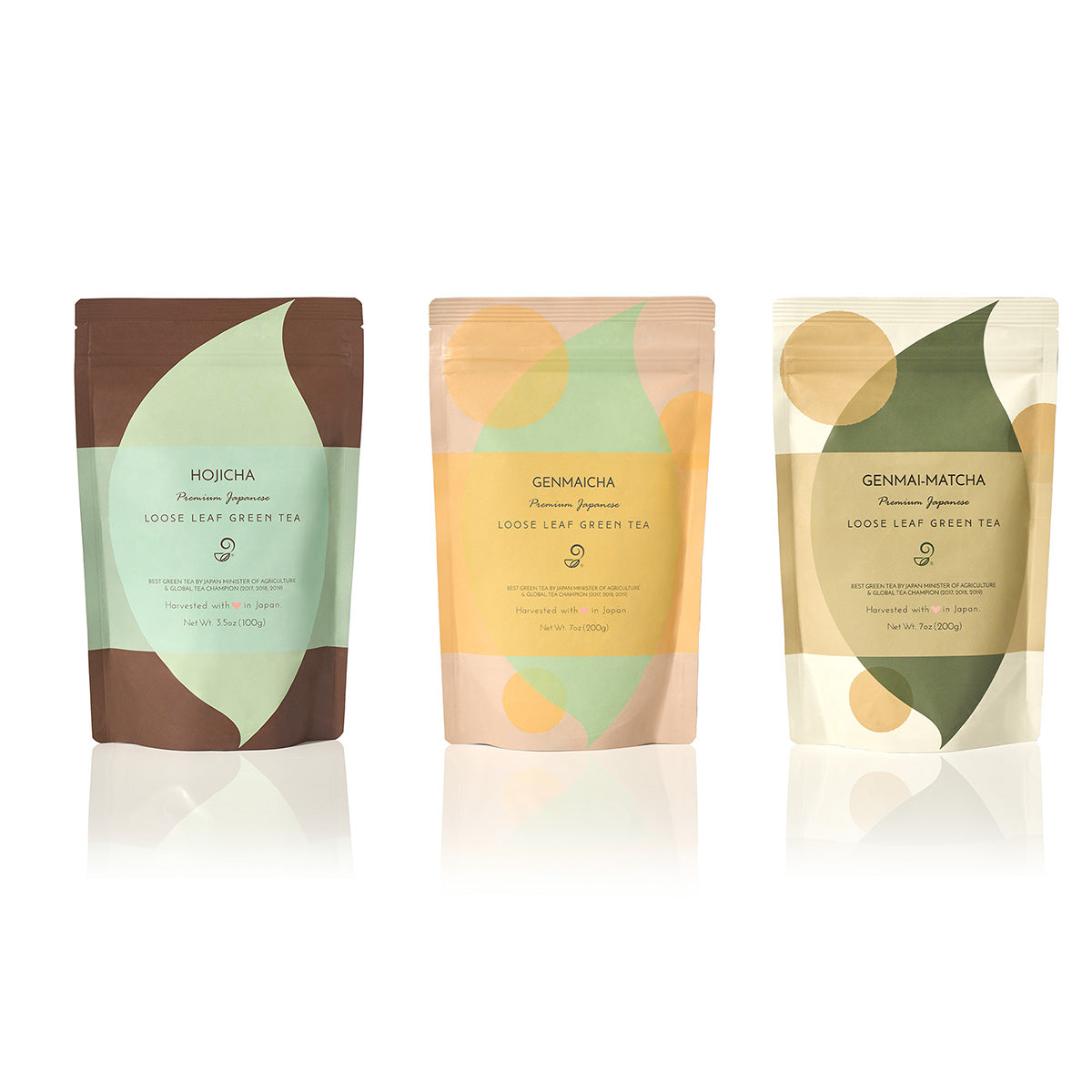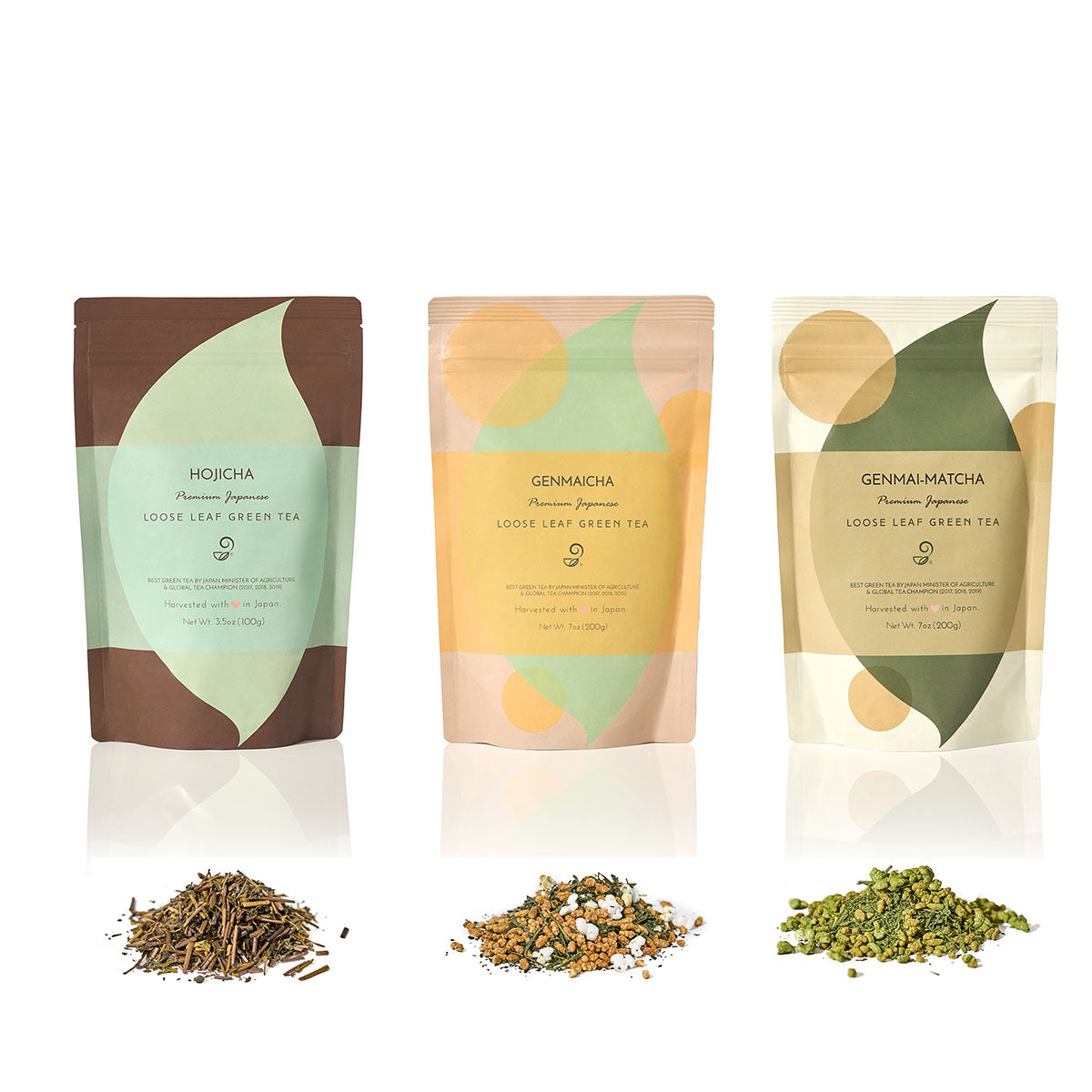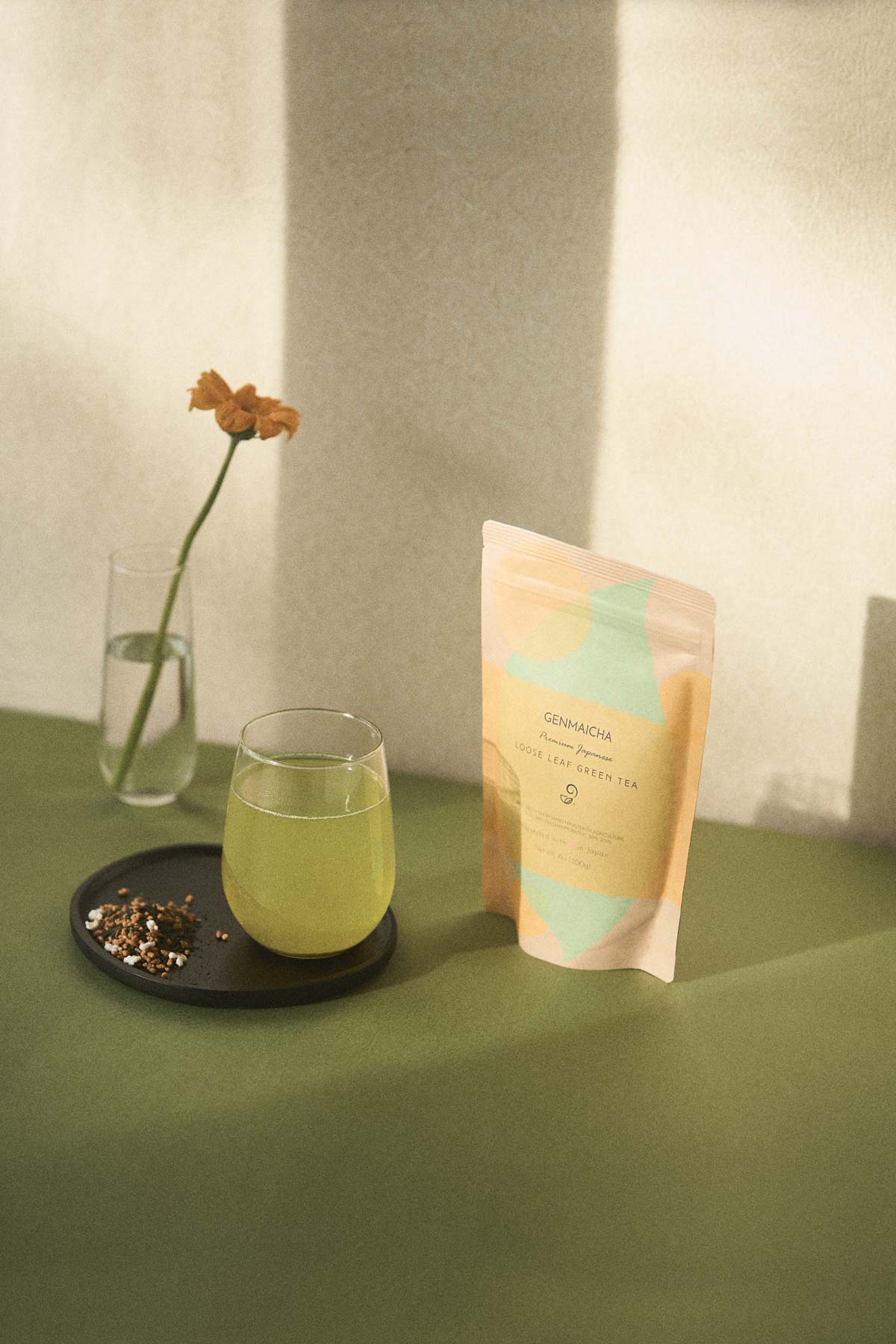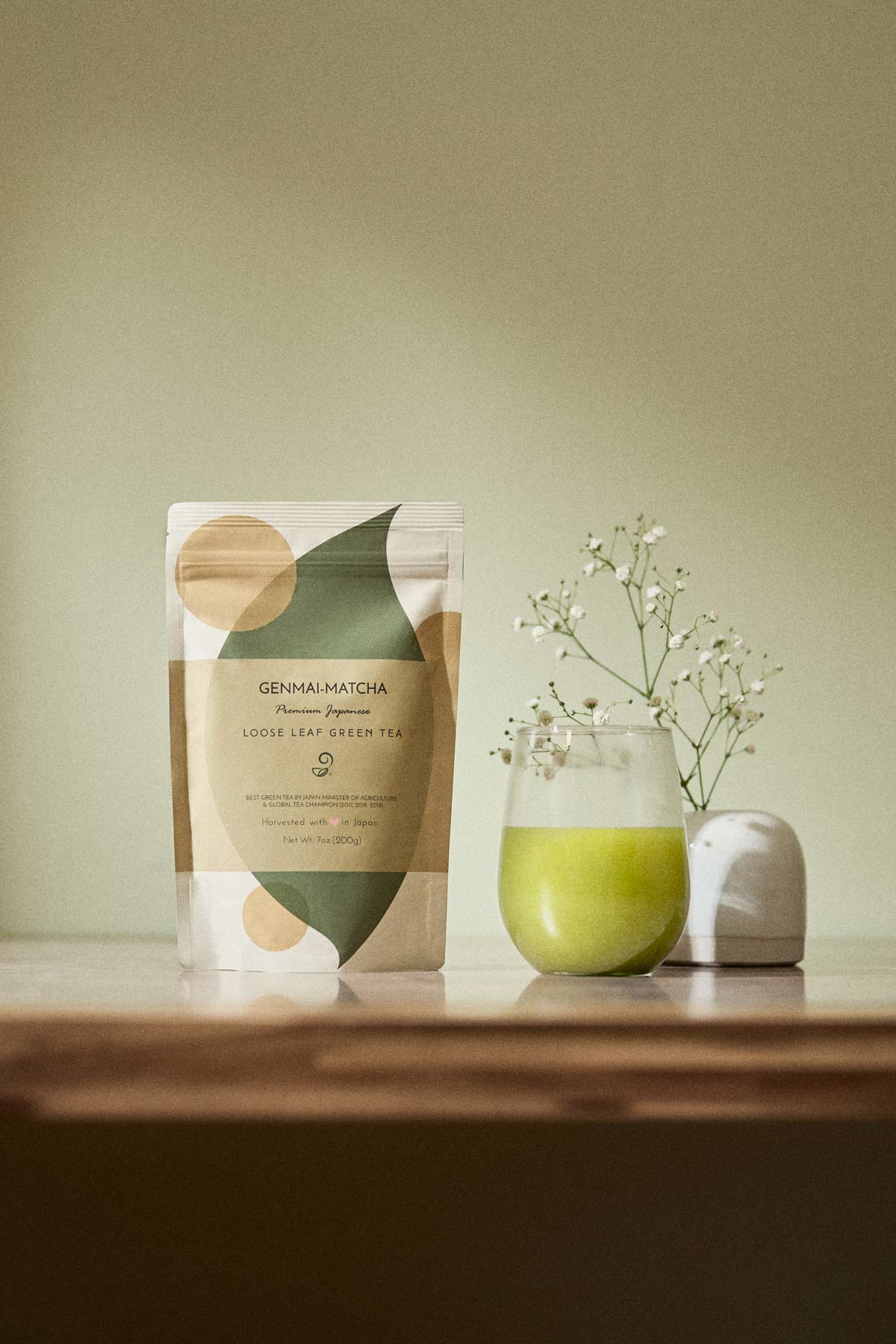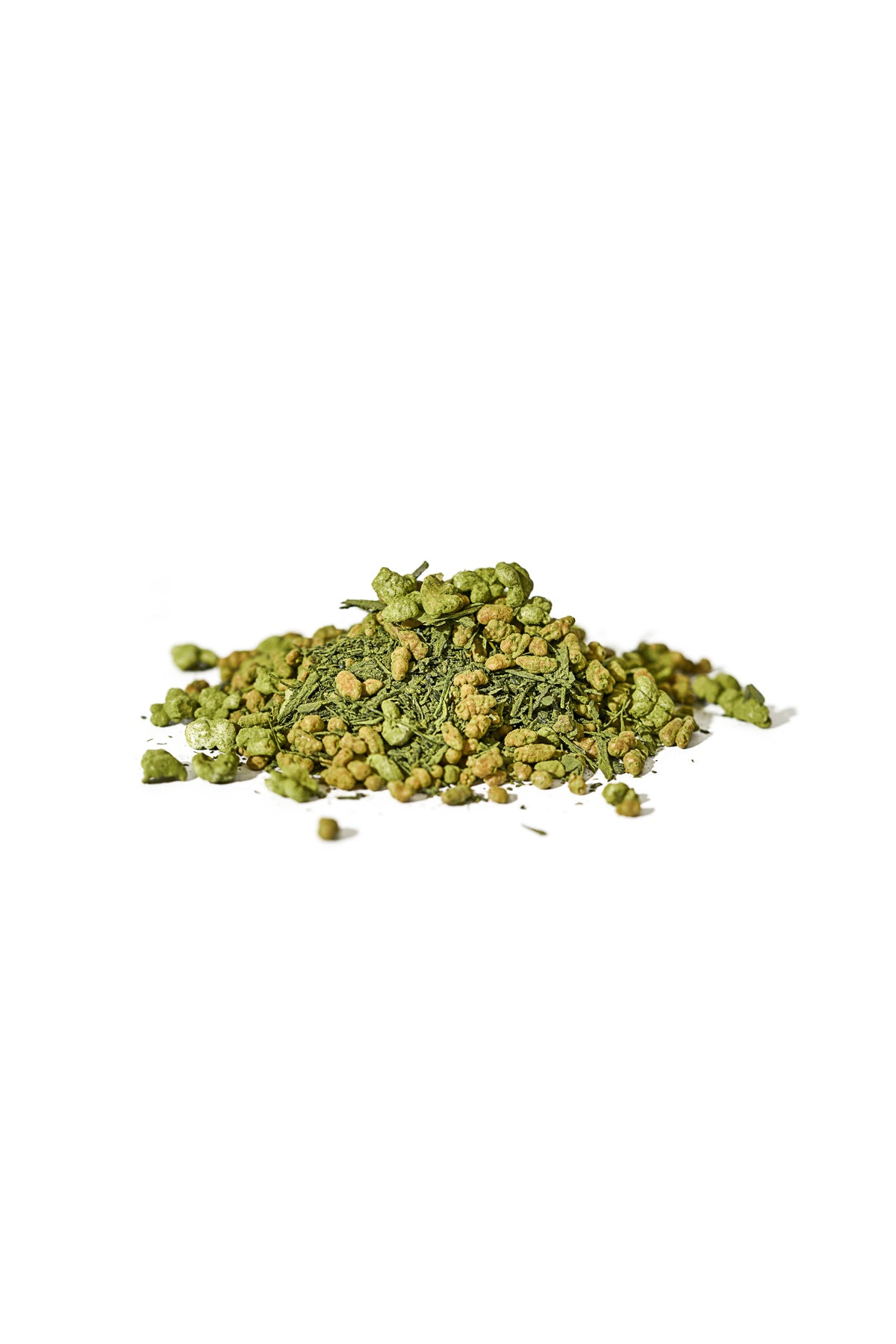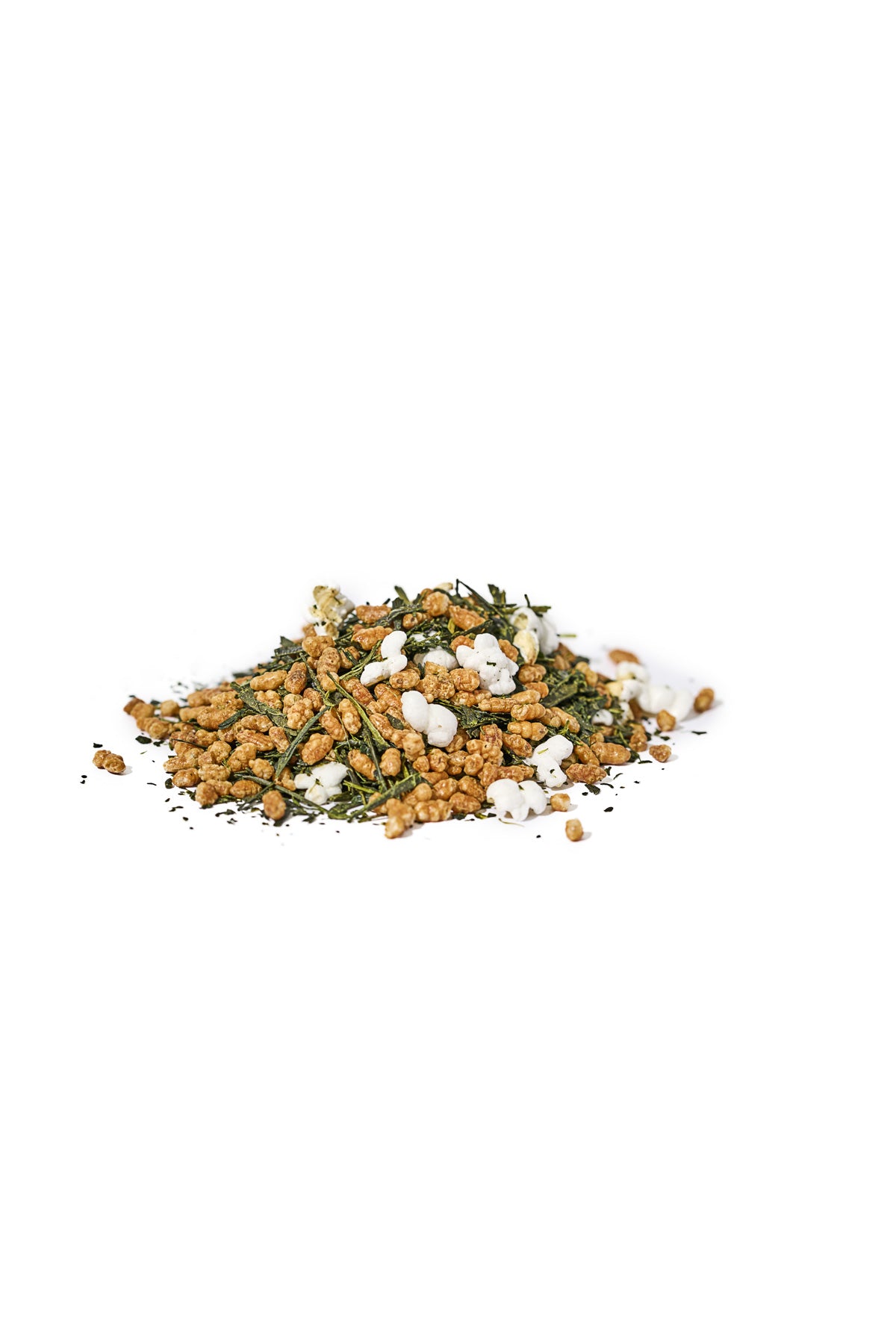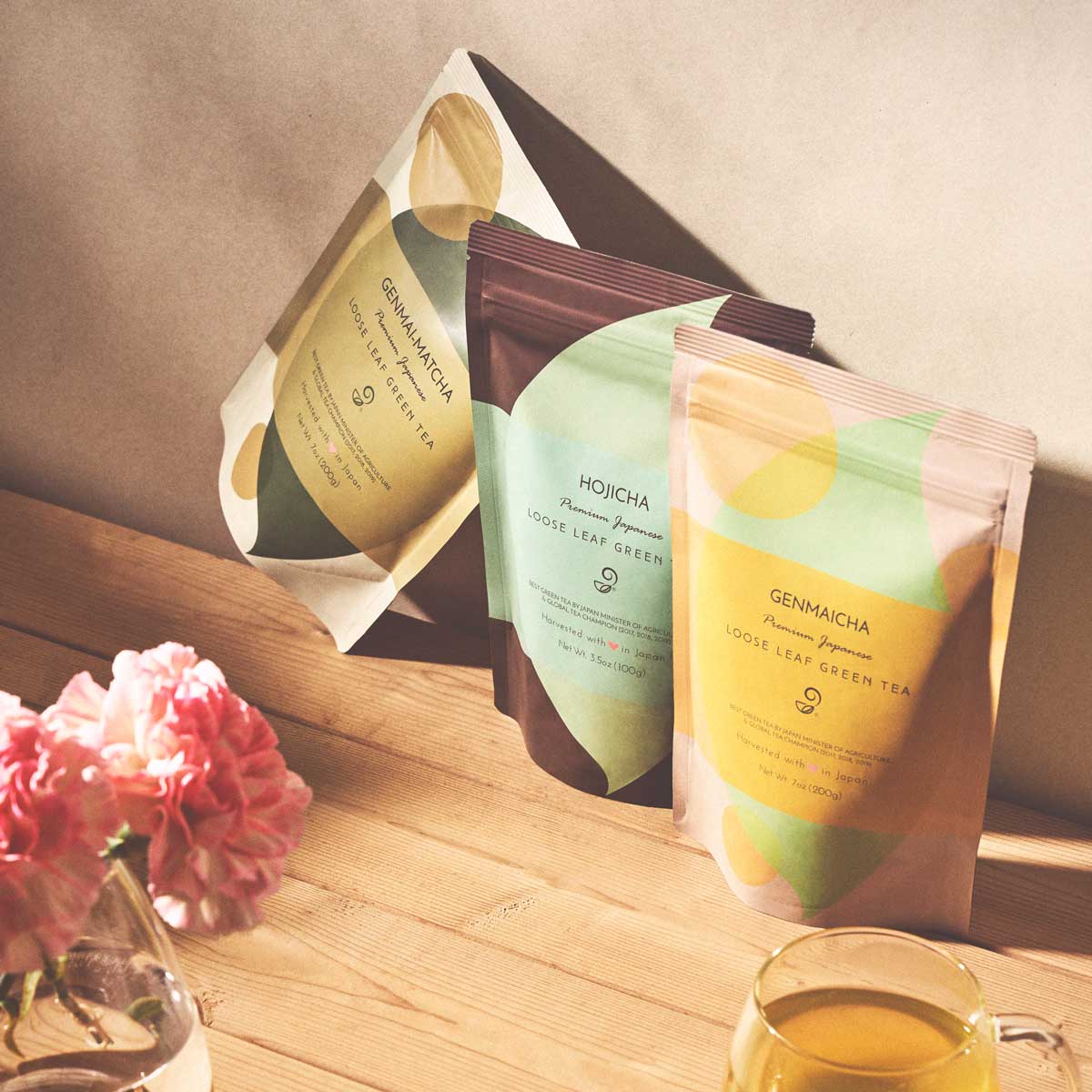When it comes to New Year's festivities in Japan, one sweet that steals the spotlight among Wagashi (traditional Japanese sweets) is none other than Hanabira-Mochi. Its name translates to 'Flower Petal.' This unique treat falls under the category of Wagashi - beautiful Japanese sweets traditionally savored during Matcha tea ceremonies. (Read more about Matcha Tea Ceremonies here). While Hanabira-Mochi is perfect for a tea ceremony, it is just as delightful even when enjoyed on its own due to its wonderfully balanced flavors and tastes.
In Japan, as the New Year approaches, the famous Wagashi makers put their own spin on Hanabira Mochi, giving it unique touches based on the region or the artisan's personal style.
This winter, we poured our hearts into crafting our version of Hanabira-Mochi, infusing it with the comforting, nutty, and aromatic essence of our beloved Hojicha loose-leaf tea.

Unique aspects of Dream of Japan's Hanabira-Mochi:
- Easy to make at home regardless of your sweet-making skills.
- Uses ingredients readily available outside Japan
- Uses a secret hidden ingredient, 'Hojicha,' which adds more richness and depth to the taste and flavor of the Hanabira Mochi
- Perfect to serve with Matcha, other kinds of Japanese tea, Japanese coffee, or on its own
The First Tea Ceremony of the Year "Hatsugama (初釜) Tea Ceremony"
In Japanese tea ceremonies, it is customary to use ingredients, utensils, and themes according to the time of the year, celebratory occasions, or the seasons. If you're interested in discovering more fascinating facts about the Japanese Tea Ceremony or simply wish to learn more, you can read about them here.
To celebrate the New Year, there is a special Japanese Tea Ceremony, typically performed in January, marking the first tea ceremony of the year. This ceremony is known as "Hatsugama (初釜)." 'Hatsu' means first, and 'Gama' means kettle, giving it the literal translation of 'First Kettle.'
You might also be aware that during the Japanese Tea Ceremony, a wagashi, a traditional Japanese sweet, is usually served, perfectly aligned with the ceremony's theme. For the Hatsugama Tea Ceremony, the most popular or traditional Wagashi is the 'Hanabira Mochi.'
Good-to-know Japanese Tea-knowledge: Hanabira Mochi is the traditional Wagashi for the Hatsugama Tea Ceremony (the first Matcha Tea Ceremony of the year).
The Story Behind Hanabira Mochi - Origin, History, Roots
The origin of Hanabira Mochi has two different versions:
First version - From the Imperial Courts of the Heian Period
The origin of Hanabira Mochi goes all the way back to the Imperial Court Rooms in the Heian Period (794 to 1185). Back then, as part of their New Year's celebrations on the 3rd day of the year, the Royal Courts held a special ceremony called the 'Teeth-strengthening ceremony,' also known as 'Ha-gatame no Gyoji' (歯固めの儀).
During this ritual, people nibbled on foods believed to toughen their teeth. Munching on tough and chewy food like sweetfish (called Ayu in Japanese), Mochi, and daikon radish was thought to fortify tooth roots, promoting a longer life. It was all about hoping for good health and a long life.
Over time, the menu for this ceremony changed, simplifying until it resembled what we now know as 'Hanabira Mochi.' The burdock nestled between the petal-shaped Mochi is a nod to the pressed sweetfish of old, while the 'miso-an' traces its roots to a soupy Mochi dish served during New Year's festivities called 'O-zoni' in Japanese.
In the Meiji period, Hanabira-Mochi became a standard sweet for Hatsugama (the first tea ceremony of the new year) in Urasenke, one of the schools of tea ceremony.

Second Version - A Way to Save Cost of the Ingredients
Another tale suggests that Hanabira-Mochi's roots lie in the Muromachi period (1336 to 1392), a time of economic hardship. Back then, 'Maru-Mochi' (whole Mochi) used in O-zoni (a Mochi-based New Year's soup dish) faced a transformation. People began rolling up the Maru-Mochi into smaller bits, shaping them into what we now know as Hanabira Mochi.
The idea was simple yet clever: crafting these Mochi into crescent shapes cut down on the amount of glutinous rice needed, making it a pocket-friendly choice during financially challenging times.
As time went on, petal-shaped Mochi fell out of use in imperial Ozoni or rituals, finding its new identity as a beloved Japanese sweet. Especially during the Meiji period, when Urasenke, a school of tea ceremony, adopted Hanabira Mochi as a treat for Hatsugama (the first tea ceremony of the new year), its popularity skyrocketed, spreading across the nation.
And so, Hanabira Mochi found its place among sweets, enduring through time. However, in the Iga region (Western Mie Prefecture), the tradition of enjoying Hanabira-Mochi in O-zoni (Japanese New Year Mochi Soup) during the New Year persisted, maintaining an unbroken bond with O-zoni.
🍵 Read More Fascinating Stories of Tea and Japanese History:
- Samurai & Tea
- The History of Japanese Green Tea
- Romance and the History of Green Tea
- Brief History of Japanese Green Tea: A Cup Full of History and Mystery
The Symbolic Meaning Behind Ingredients of Hanabira Mochi
In Japanese New Year-related cooking and tea ceremonies, many 'hidden' or 'symbolic' meanings exist. The same holds true for Hanabira Mochi - the ingredients, besides being beautiful, delicious, and healthy, carry symbolic meanings that are quite intriguing.
- Burdock Root: Burdock, with its deep roots, symbolizes family or family businesses deeply connected to the land, passing down through generations, praying for enduring happiness. It's also recognized as a New Year's food promoting good health due to its medicinal properties; tapping the burdock root is believed to open the body and bring good luck.
- Mochi: In ancient times, Mochi was revered as a sacred food offered solely to gods and nobility. As per tradition, eating Mochi is believed to bring good fortune and robust health.
- White Bean Paste: Japanese New Year's cuisine commonly incorporates beans, signifying a wish for the ability to 'work hard with good health and energy.'
Ingredients
- 1 parsnip, peeled and thinly sliced into 4" strips
- ½ cup sugar
- ½ cup water
- Potato starch
Shiro-an
- ½ tsp ground Hojicha
- 3 tbsp sugar
- 3 tbsp water
- 1 15 oz can white beans, strained and rinsed
- 1 tbsp white miso

Pink Yuki
- 2 tbsp sweet rice flour
- 3 tbsp sugar
- 3 tbsp water
- ¼ tsp beetroot juice

White Yuki
- 2 tbsp sweet rice flour
- 3 tbsp sugar
- 3 tbsp water

- In a small saucepan, heat the water and sugar until it dissolves. Add in the parsnip strips and boil for 30 minutes until the parsnip softens.
- To make the Shiro-an, add the white beans into a food processor and blend until a paste-like consistency forms. In a small saucepan, heat the sugar and water until the sugar dissolves. Add the white bean paste to the water and cook over medium-high heat, mixing continuously until the paste thickens.
- In a small bowl, add the miso and Hojicha powder to the white bean paste and mix until everything is well combined. Take small pinches of the paste (about 1 tsp) and roll into small balls. Flatten the bottom and ends to form an oval shape. Set aside.
- To make the pink yuki, combine the sweet rice flour, sugar, and water into a small bowl and mix. Set aside for 5 minutes. Next, add the mixture to a small saucepan and cook over medium heat, mixing continuously until the mixture turns sticky.
- Add the boot root juice and mix for another minute or two until the color evenly coats the yuki.
- On a cutting board, add potato starch. Pour the pink Yuki over the starch and sprinkle more potato starch on top. Let it cool for 5 minutes.
- Repeat steps 3 & 6 to make the white yuki.
- Using a rolling pin, carefully roll out the pink yuki. Cut into small squares. Set aside.
- Roll out the white Yuki and cut out about 2-inch circles using a cookie cutter. Using your hands, shape the white yuki into an oval shape.
- Now assemble! Place one pink Yuki square on one end of the white Yuki, then place the parsnip stick in the middle of the white Yuki and the Hojicha paste round on the other end.
- Carefully fold the end with the pink Yuki over to meet the other end.
- Serve and enjoy!

Download Printable Recipe PDF Now
Drinks to Enjoy with your Hanabira Mochi:
You can enjoy any drink with your home-made Hanabira-Mochi, but if you are looking to create a home-made drink that creates the perfect drink and dessert combination, here are some easy to follow recipes you can try at home.
Try making your own Hanabira-Mochi, and let us know how it went! It might look challenging, but the end result is so worth it!
Get Free Bonus Books

Sign up for free to the Green Tea Club to get advice and exclusive articles about how to choose Japanese Tea, and tips, tricks, and recipes for enjoying Japanese tea.
About the author
Kei Nishida
Author, CEO Dream of Japan
Certification: PMP, BS in Computer Science
Education: Western Washington University
Kei Nishida is a passionate Japanese green tea connoisseur, writer, and the founder and CEO of Japanese Green Tea Co., a Dream of Japan Company.
Driven by a deep desire to share the rich flavors of his homeland, he established the only company that sources premium tea grown in nutrient-rich sugarcane soil—earning multiple Global Tea Champion awards.
Expanding his mission of introducing Japan’s finest to the world, Kei pioneered the launch of the first-ever Sumiyaki charcoal-roasted coffee through Japanese Coffee Co. He also brought the artistry of traditional Japanese craftsmanship to the global market by making katana-style handmade knives—crafted by a renowned katana maker—available outside Japan for the first time through Japanese Knife Co.
Kei’s journey continues as he uncovers and shares Japan’s hidden treasures with the world.
Learn more about Kei
